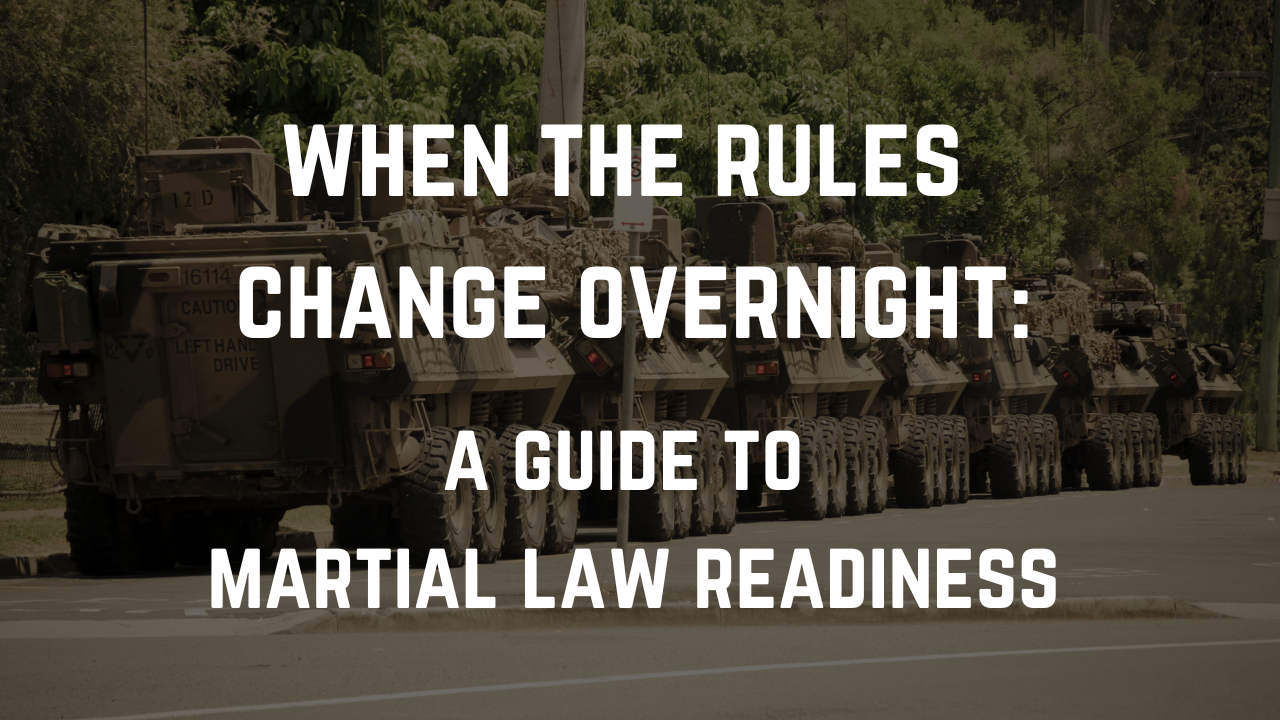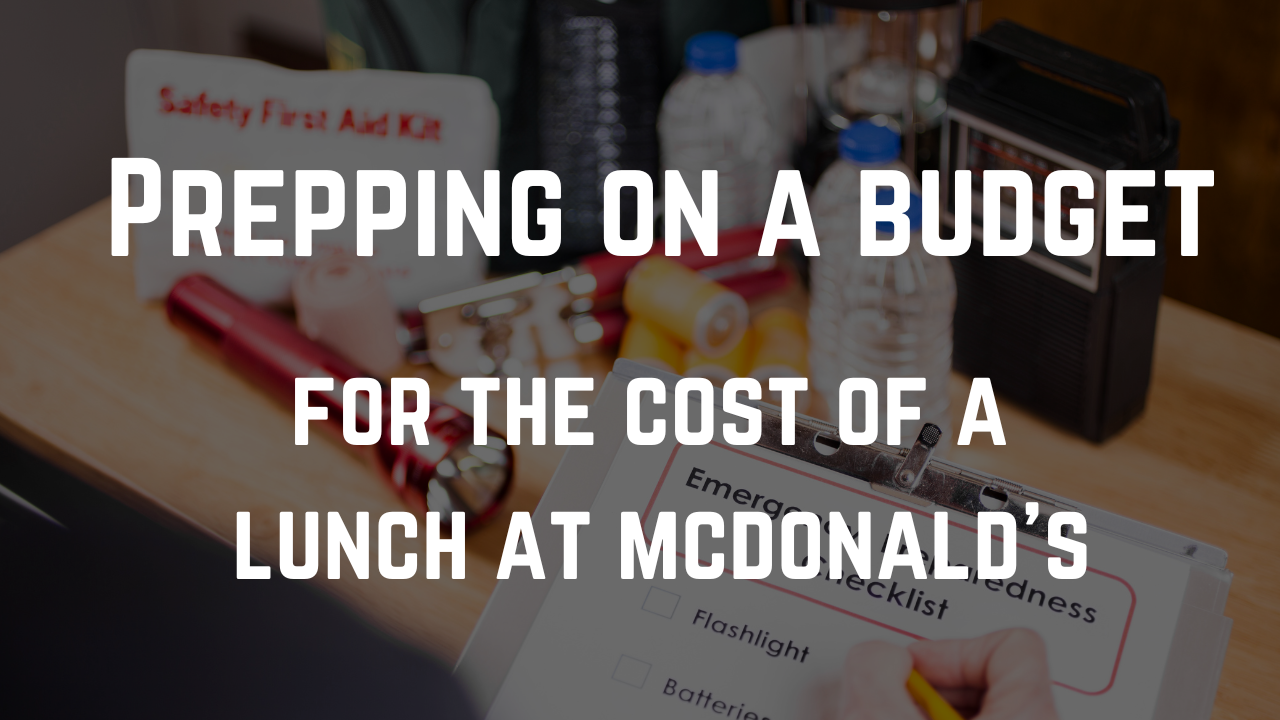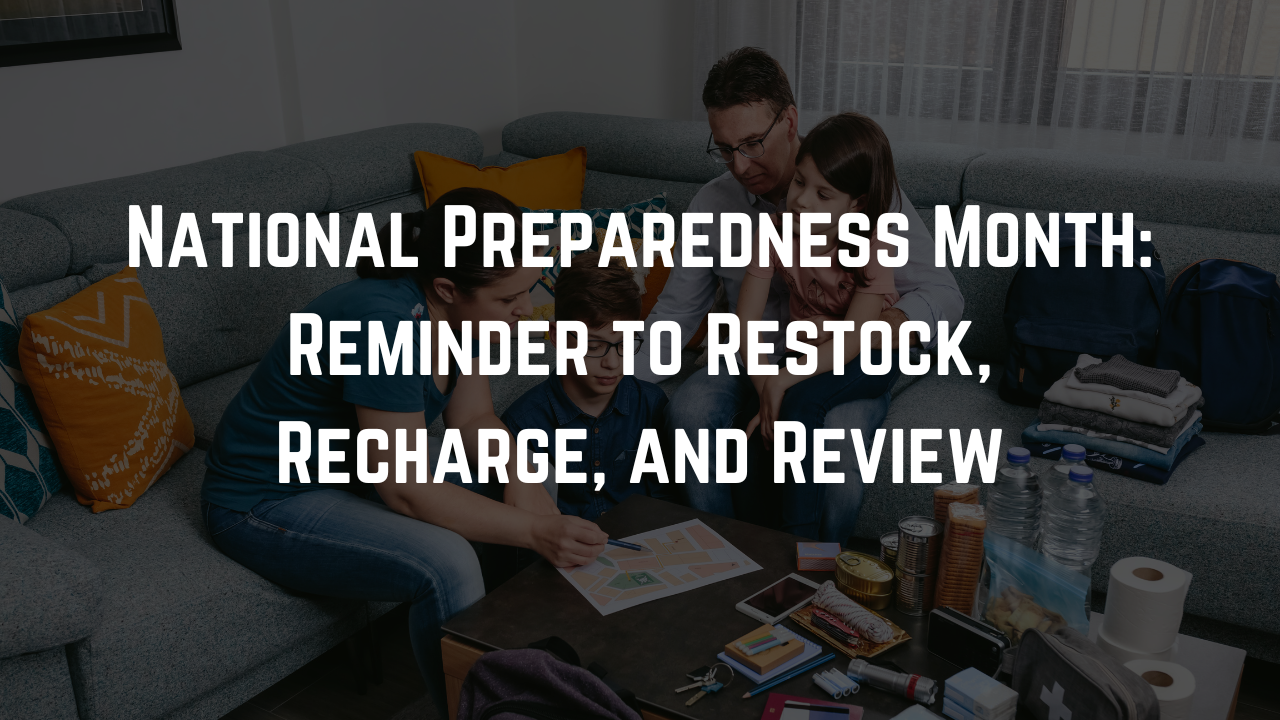
While we often focus on human needs, pets have unique vulnerabilities that are easy to overlook. From securing food and water to navigating shelter restrictions, planning for your pet’s safety requires its own checklist. Whether you’re preparing for a short-term power outage or a full evacuation, here’s how to prepare your pet for an emergency an ensure your they stay safe and cared for:
1. Build a Pet Emergency Kit
Just like your own go-bag, your pet needs a kit of essentials. Store these items in a waterproof bin or backpack near your main emergency supplies.
Pet Emergency Kit Checklist:
- 3–7 days’ worth of food (dry (vacuum-sealed) or canned with a manual can opener)
- Bottled water (1 gallon per pet per day)
- Collapsible food and water bowls
- Medications and copies of vet records
- Pet first aid supplies (bandages, antiseptic wipes, tweezers, etc.)
- Waste bags, litter box, or puppy pads
- Extra leash, collar with ID tags, and harness
- Comfort items: toy, blanket, or familiar-smelling towel
- A recent photo of your pet (in case you’re separated)
- Copies of vaccination records (some shelters may not allow entry or quarantine your pet for 10 days without these!)
2. Make a Shelter-in-Place Plan
If you’re stuck at home, you may still lose power or access to clean water. Know how you’ll keep your pet warm or cool, hydrated, and secure.
Pro Tips:
- Keep crates or pet carriers ready in case you need to confine animals for safety.
- Use blackout curtains to help regulate room temperature.
- Have battery-operated fans on hand during summer outages.
3. Plan for Evacuation with Pets
Evacuation shelters and hotels may not accept animals (or have them quarantined without vaccination records), so have a plan ahead of time.
Steps to Take:
- Identify pet-friendly hotels along multiple evacuation routes (many waive fees during disasters).
- Ask a friend or relative outside the danger zone if they can temporarily shelter your pet.
- Include your pet in family evacuation drills so they’re comfortable getting in the car and riding in their carrier.
4. Keep Documentation Handy
In a crisis, proof of ownership and up-to-date health records can make a big difference, especially if you get separated.
What to Keep:
- Vaccination records
- Microchip ID number and registration
- Pet insurance details (if applicable)
- Emergency contact info for your vet
5. Know Their Stress Signs
Pets can panic just like people. Dogs may bark or tremble. Cats might hide or act aggressively. Learn your pet’s stress cues and know how to calm them with voice, touch, or treats.
Bonus Tip: Consider anxiety aids like pheromone sprays, thunder shirts, or vet-prescribed calming meds if your pet is especially sensitive.
Don’t Make These Common Mistakes:
- Waiting until the last minute to gather supplies
- Assuming you’ll be allowed to bring pets into public shelters
- Forgetting to update ID tags or microchip info
- Leaving pets behind (they may not survive on their own)
By creating a plan that includes your pets, you’re avoiding tough decisions later and giving yourself more control in a crisis. Stay informed about local emergency shelters, keep pet documentation up to date, and rotate supplies regularly. The more prepared you are today, the better you’ll be able to protect your entire household (two-legged or four) in an emergency.


